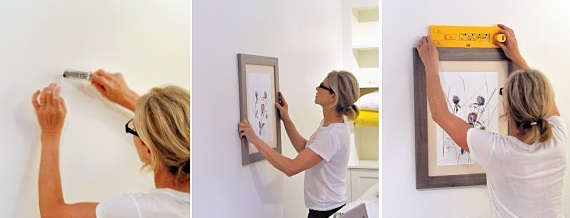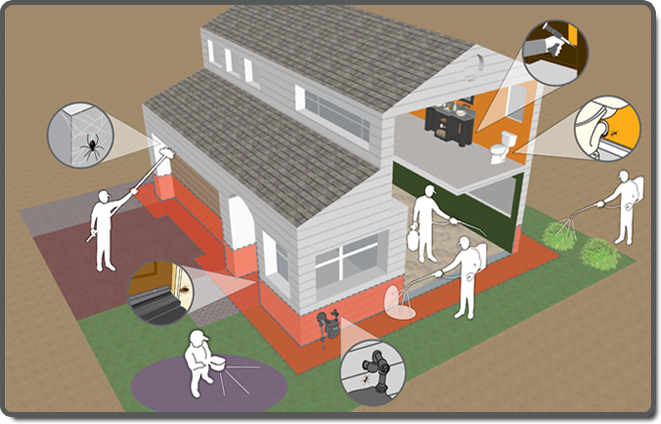New Castle County DE Real Estate Market Watch For October 2017
New Castle County DE listings decreased from 783 new listings in October 2016 down to 768 in October 2017. The average sales price decreased to $242,975, while days on market dropped by 15 days.
Courtesy of New Castle County DE Realtors Tucker Robbins and Carol Arnott Robbins.
.png)
.png)








